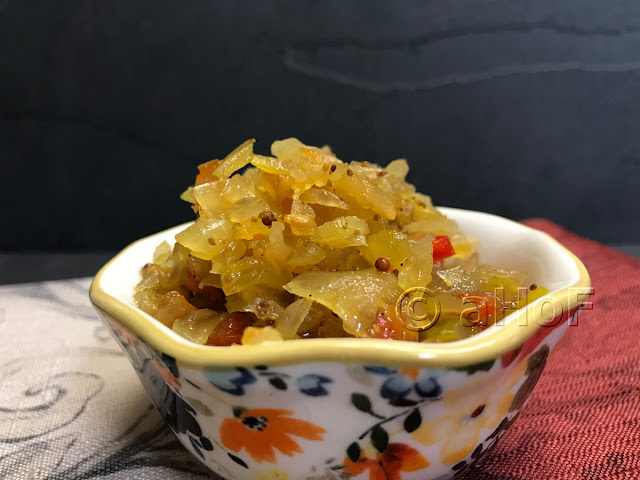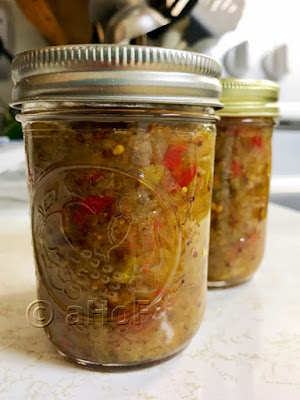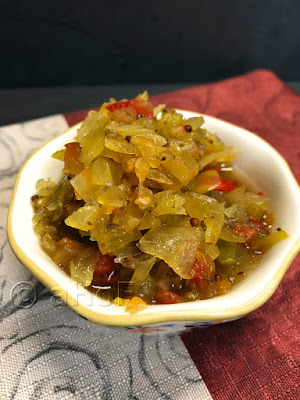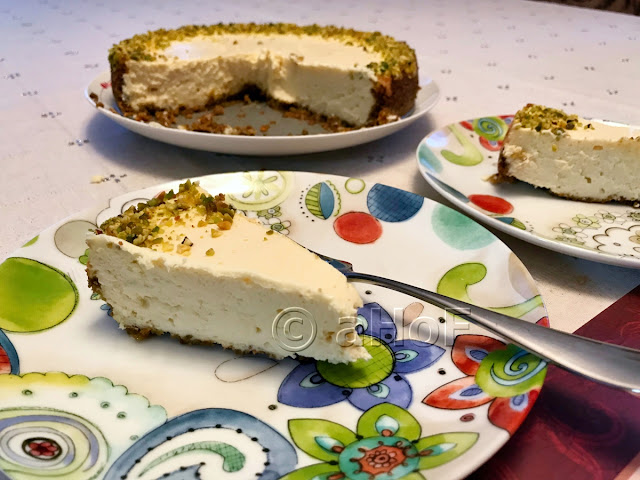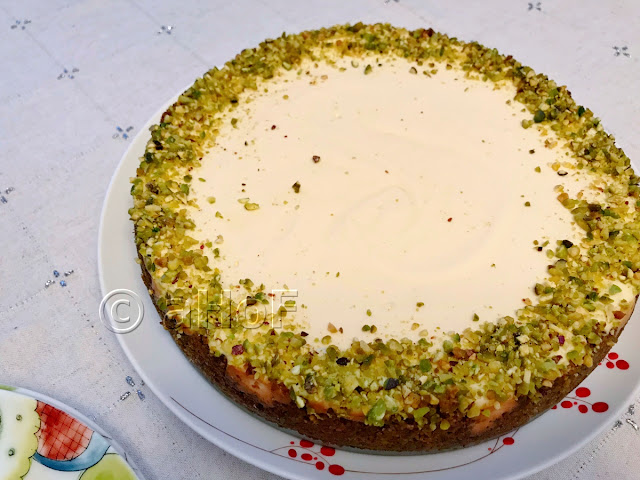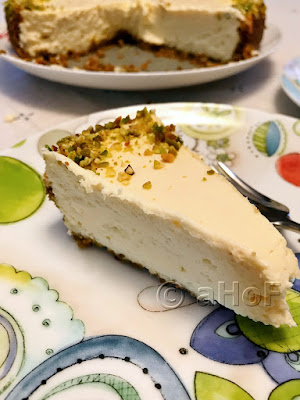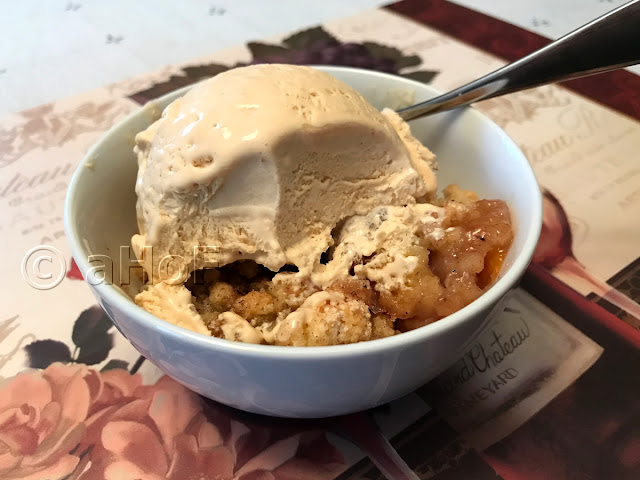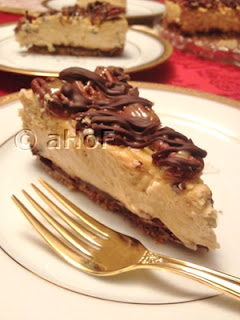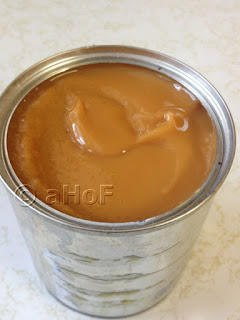I have a very old cookbook, "Better Homes and Gardens Favorite Ways with Chicken, Turkey, Duck and Game Birds," copyright 1967. Long title, but the part that is biggest and boldest is just "Favorite Ways with Chicken." Chicken and turkey can be interchanged in a recipe, so this book has been very handy over the years. The difficulty lay in the fact that when I began learning to cook, I was in Guatemala, where many of the things called for just did not exist. Like canned soup. If anyone is fond of reaching for a can of soup to make a sauce or gravy, not having them is a distinct disadvantage.
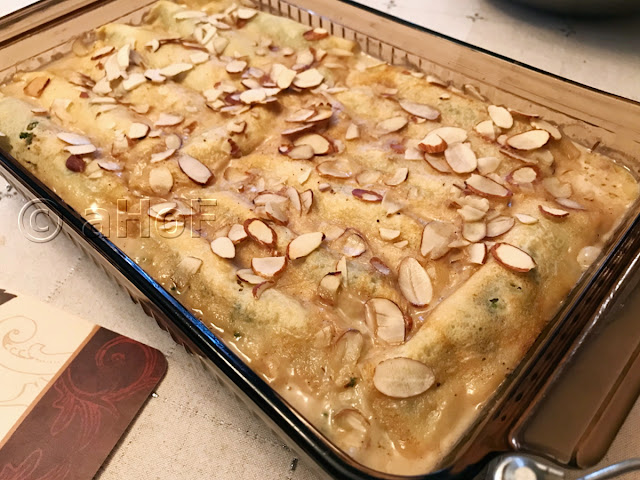 |
| Turkey Crepe Casserole |
When I went to Guatemala, I was just 20 years old. Just barely out of teenage, and still very full of myself, with all the pride and hubris only a teenager can have. It is only later, when one looks back on her life that this becomes very apparent. And yet, without all that, I may never have managed to learn all that I did. I learned, not just to cook things I knew of from home, but new foods, some I'd never heard of prior to my time there. I went about learning all I possibly could. I felt I needed to prove myself. Prove I was a good housewife and mother. Learn the language, so I could understand and be understood. I applied myself diligently, although sometimes kicking and screaming.
 So, when looking through this cookbook, I found the idea of making crepes quite interesting. I didn't generally have access to turkey, but chicken? Yes, of course. And then I ran into the problem of canned soup. I did know that a creamed soup straight from the can was thick, and had to be diluted. So, I felt I could create a similar product by making a roux and adding less liquid to keep it thick. The liquid would have to be well flavored, to be able to flavor the casserole. At that time I did use bouillon cubes. The ones most commonly available in Guatemala were "Maggi" brand. As it turned out, this approach worked out well, and I have made the recipe the same ever since. Except I don't use bouillon cubes anymore, because of the amount of salt and MSG. Instead, these days I use either a chicken "base" or a chicken demi-glace for the chicken flavor I am looking for.
So, when looking through this cookbook, I found the idea of making crepes quite interesting. I didn't generally have access to turkey, but chicken? Yes, of course. And then I ran into the problem of canned soup. I did know that a creamed soup straight from the can was thick, and had to be diluted. So, I felt I could create a similar product by making a roux and adding less liquid to keep it thick. The liquid would have to be well flavored, to be able to flavor the casserole. At that time I did use bouillon cubes. The ones most commonly available in Guatemala were "Maggi" brand. As it turned out, this approach worked out well, and I have made the recipe the same ever since. Except I don't use bouillon cubes anymore, because of the amount of salt and MSG. Instead, these days I use either a chicken "base" or a chicken demi-glace for the chicken flavor I am looking for. Back at that time in Guatemala, I kept milk in the house, as I had growing kids, and I did eat cereal. These days, I don't keep milk in the house, as we don't drink it, nor do we eat cereal (except for me and oatmeal, but no milk there either). What I do keep is either heavy cream or evaporated milk, and usually both, in case of need, such as this. So when mixing milk into some of the faux "can of soup" mixture, I either dilute the cream or the evaporated milk with half water and use that.
Ultimately, the recipe is fantastic, making use of some leftover cooked chicken or turkey, albeit in very small portion. It is delicious, and with a salad and some green beans alongside, a very nice and satisfying meal indeed, whether as a dinner or as a brunch.
Turkey (or Chicken) Crepe Casserole
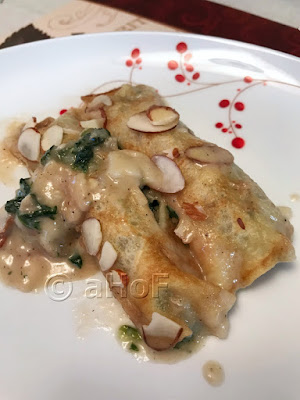 |
| Turkey Crepe Casserole |
Serving size 2 - 3 crepes
CREPES:
1 egg
1 cup milk
1 tablespoon unsalted butter, melted
1 cup all-purpose flour
FILLING:
1 cup finely diced cooked turkey or chicken
1 (9 - 10-ounce) package frozen chopped spinach, thawed, squeezed dry
¼ cup Panko crumbs
¼ cup freshly-grated Parmesan cheese
¼ cup finely minced shallot
CHICKEN BECHAMEL:
4 tablespoons unsalted butter
4 tablespoons all-purpose flour
¼ teaspoon salt
¼ teaspoon white pepper
1 teaspoon chicken "base" or chicken demi-glace
1¼ cup hot water
-----
1 cup milk
½ cup sliced almonds
Make Crepes: Beat egg, milk, melted butter and flour, either with a whisk or a blender, until smooth. Do not over beat. Heat a small (7 to 10-inch) nonstick skillet. Lightly grease the skillet (nonstick cooking spray works well). Pour in 2 tablespoons of the batter and lift the pan, swirling the batter to as large a circle possible. Set pan on heat and allow the top of the crepe to become dry, similarly to a pancake. Remove the crepe to a plate and repeat this procedure, 2 tablespoons at a time, until you have 12 crepes, lightly browned on the bottoms but not the top. Set them aside.
 |
| Making Crepes |
Make the Bechamel: Mix together the hot water and the chicken "base" or demiglace, stirring until dissolved together. Set aside to cool while beginning the sauce. In a saucepan, melt the butter. Once melted, stir in the flour, salt and white pepper until smooth. Add in the chicken base mixture, stirring, until the mixture is thick. Pour half of this thickened mixture into the Filling mixture, as a binder, stirring to incorporate.
To the remainder of the bechamel, add the last cup of milk and stir well. Set aside.
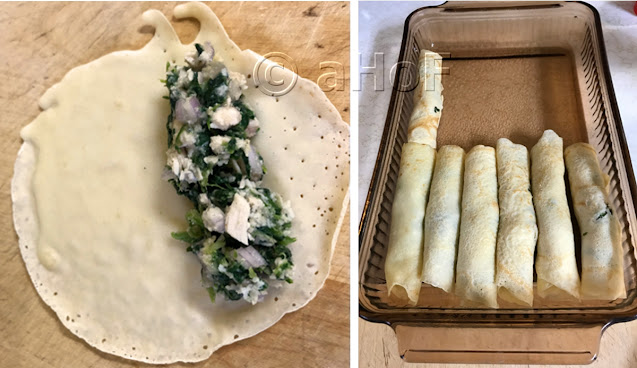 |
| Filling crepes and arranging in casserole |
Preheat oven to 350 degrees. Have ready a 9 x 13-inch casserole, lightly sprayed with cooking spray. Set one crepe, unbrowned side upwards. Spoon a heaping tablespoon of filling onto one end of the crepe and roll up. Set into the casserole, then repeat with the remaining crepes and filling.
Once filled, pour the remaining bechamel mixture over top of the crepes. Sprinkle with the sliced almonds. Bake the casserole for 30 minutes, until bubbling.
My passion is teaching people how to create a harmony of flavors with their cooking, and passing along my love and joy of food, both simple or exotic, plain or fancy. I continue my journey in ethnic and domestic cuisines, continuing my journey to explore diverse culinary experiences and hopefully to start you on a journey of your own. Join me also at A Harmony of Flavors on Facebook, and Pinterest.

